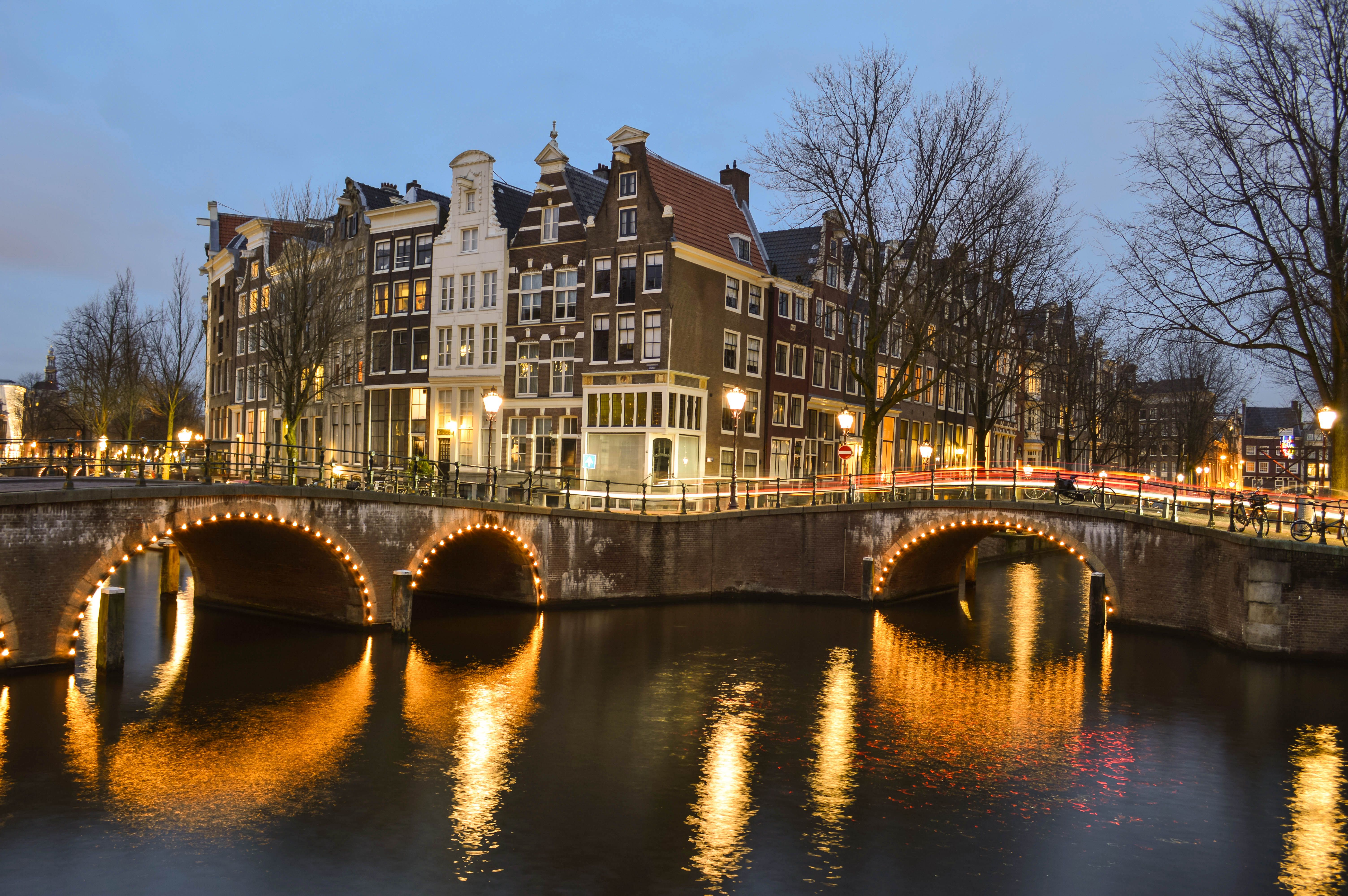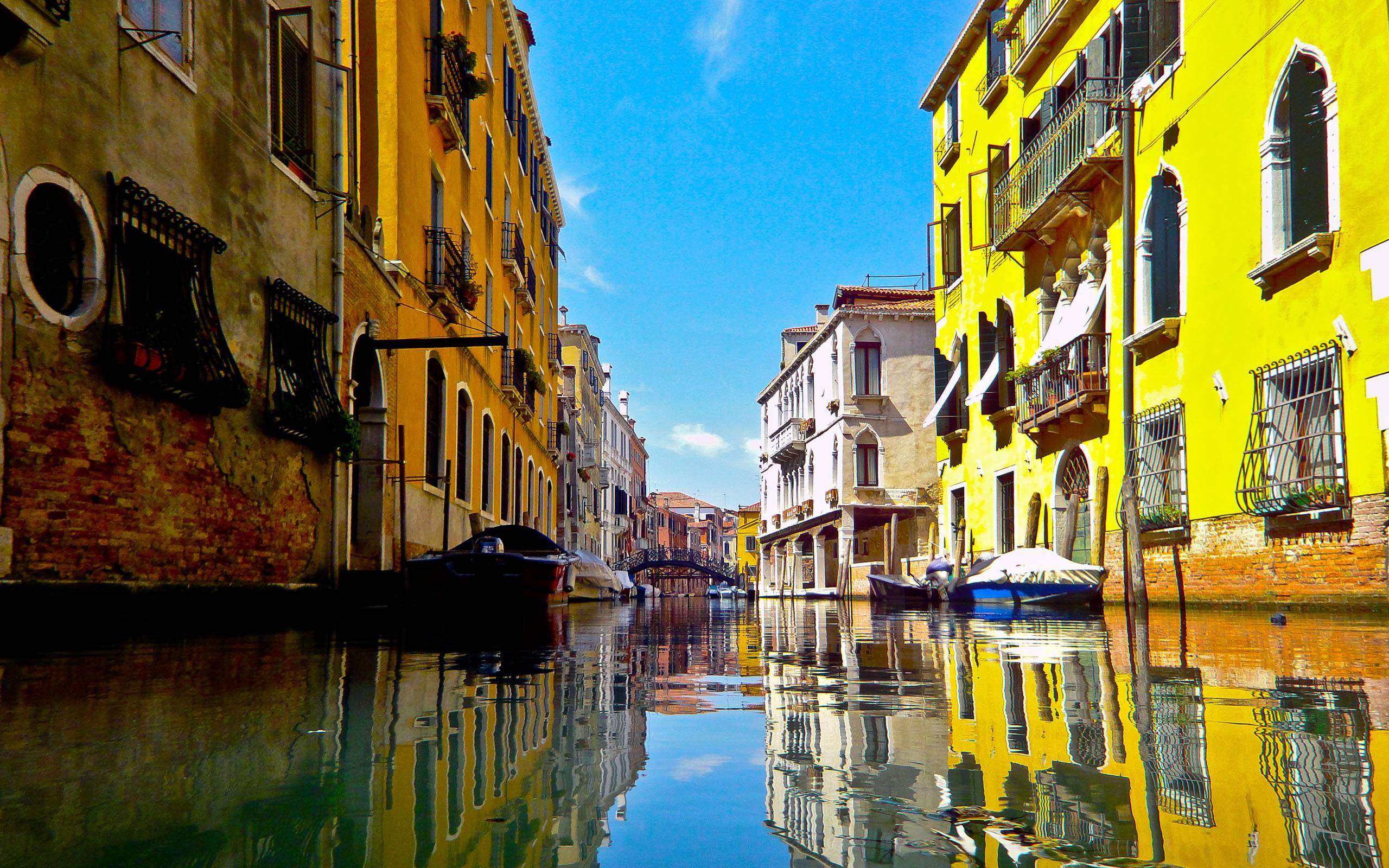Anne Frank House is a museum with a lot of history. Before that, let us read about her early life and how she got accustomed to Netherlands Culture.
Anne Frank’s Initial Years
Anne Frank was born to a Jewish family in the German city of Frankfurt am Main in 1929. Anne’s sister Margot was three years elder to her. It was during the time of Unemployment and poverty in Germany, Adolf Hitler and his party were gaining more supporters by taking advantage of antisemitic sentiments. He blamed Jews for the problems in the country. This hatred and the poor economic situation made Anne’s family move to Amsterdam. Her father Otto, founded a company that traded in Pectin.
Nazi Germany conquers the Netherlands
Before long, Anna got used to the Netherlands traditions and culture. She learned the local language and made many friends. She used to study in a Dutch school near her home. Her father tried really hard to get his business off the ground but everything went in vain. It got stabilized only after he started to sell herbs and spices along with pectin.
On 10 May 1940, the Nazis invaded the Netherlands. Life became hell for the Jews as more rules and regulations were put which made sure no businesses are run by them. All the Jewish children were asked to go to a separate Jewish school.
Anne’s Secret Annex
There was a rule imposed by Nazi stating Jews had to start wearing a Star of David on their clothes and there were rumors that all Jews would have to leave the Netherlands. On 5th July 1942, Anne’s sister Margot received a call to report for a “labor camp” in Nazi Germany. Her parents got suspicious and that’s when they decided to go into hiding the next day in order to escape persecution.
Her father had business premises at Prinsengracht 263. He started furnishing a hiding place in the annex in the spring of 1942. He was supported by his former colleagues and before long, they were joined by four more people. Anne had to keep very quiet and was afraid at the same time since the hiding place was cramped.
It was on her 13th birthday, she was gifted with a diary (just before they went into hiding). Anne wrote about the happenings and events which took place during the two years of hiding in the secret annex along with her feelings and thoughts.
On 4 August 1944, the hiding place was discovered by the police. They were arrested along with two of the helpers. To this day, the exact reason for the police raid is unknown. A part of Anne’s writing was preserved despite the raid by two other helpers who took the documents before the secret annex was emptied by the Nazis order.
Present-day Anne Frank House
A Visit to Anne Frank house is a must as it is the home to Anne’s original diary along with some of her other notebooks that are on display as part of the Anne Frank House’s permanent exhibition. It focuses on the Jews persecution during wartime, contemporary fascism, racism and anti-Semitism.
It is located right on the Prinsengracht canal in the city center and it is only 500 square feet in total. It consists of the main house and the annex where Anne Frank wrote the diary during World War II.
The museum is open from 9 am to 10 pm April to October. It is open until 7 pm and on Saturdays until 10 pm from November through March. During the peak season (June, July and August) the museum opens at 8:30 am.
So what are you waiting for? Pack your bags and see for yourself how Anne, her family and other people were living while hiding from Nazi Germany. Visiting the Anne Frank House is a moving experience, and it has already touched millions of people from all over the world.
Related Itineraries

Enchanting Europe Tour
- Flights excluded
- 3 star accommodations
- 5 activities
- Shared transfer
₹ 1,36,529
Starting price/person

European Escapade
- Flights excluded
- 3 star accommodations
- 3 activities
- Shared transfer
₹ 1,00,540
Starting price/person

9 Days Swiss & Lyon Packages For Couple
- Flights excluded
- 5 star accommodations
- 5 activities
- Shared transfer
₹ 1,66,082
Starting price/person

Europe Tour with Lisbon, Lagos - Portugal, Seville, Tenerife and Barcelona
- Flights excluded
- 4 star accommodations
- 5 activities
- Private transfer
₹ 1,87,240
Starting price/person

Switzerland Couple Trip Packages For 10 Days
- Flights excluded
- 3 star accommodations
- 6 activities
- Private transfer
₹ 1,68,750
Starting price/person

Alluring Europe Tours - Rome; Venice; Innsbruck; Vienna
- Flights excluded
- 4 star accommodations
- 5 activities
- Shared transfer
₹ 1,39,035
Starting price/person

Swiss Paris Delight
- Flights excluded
- 4 star accommodations
- 6 activities
- Shared transfer
₹ 1,41,105
Starting price/person

9 Day Swiss & Milan Trip Packages
- Flights excluded
- 3 star accommodations
- 5 activities
- Shared transfer
₹ 1,73,311
Starting price/person

European Delight
- Flights excluded
- 3 star accommodations
- 7 activities
- Shared transfer
₹ 2,73,030
Starting price/person

Mesmerizing 9 Nights Switzerland Trip Packages
- Flights excluded
- 3 star accommodations
- 4 activities
- Private transfer
₹ 1,74,011
Starting price/person



